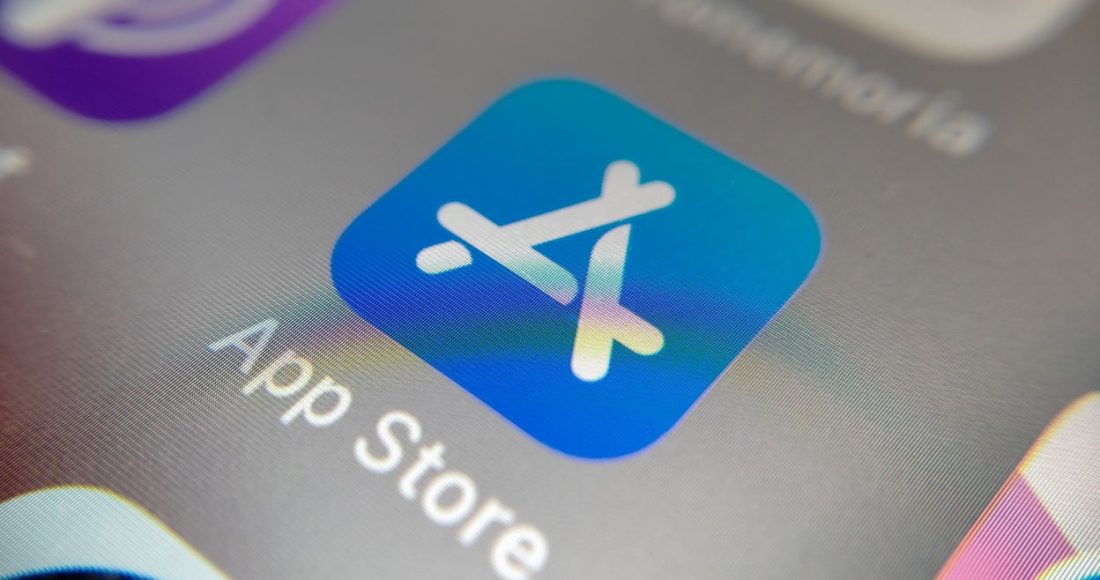In the modern digital economy, if you’re not paying for the product, you are the product. This adage has never been more relevant than in the context of the mobile applications we use every day. From social media and games to fitness trackers and photo editors, apps have become indispensable. Yet, this convenience often comes at a hidden cost: our personal privacy.
Many apps collect far more data than they need to function, creating detailed profiles of our behaviors, interests, and movements that are used for targeted advertising, sold to data brokers, or, in worst-case scenarios, exposed in a data breach. Protecting your privacy isn’t about becoming a digital hermit; it’s about making informed choices and taking control of your data.
Know What Data Your Apps Collect
The first step to protecting your privacy is understanding what data is being collected and why. App data collection generally falls into three categories: Necessary Data for core functionality, Optional Data for enhanced features, and Questionable Data that often has no clear link to the app’s purpose.
The “Permission” System: Your First Clue
Both iOS and Android operate on a permission-based system. When an app needs access to a sensitive part of your phone (like your camera, location, or contacts), it must ask for your explicit permission. This is your primary window into its data-hungry intentions.
-
Android: Shows a pop-up dialog at the moment the app needs access.
-
iOS: Shows a similar pop-up, but you can also review all permissions granted to an app in your Settings.
Key Permissions to Scrutinize:
-
Location: The most sensitive permission之一. Does a flashlight app need to know your precise, GPS-level location? Absolutely not. Be wary of apps that request “Always” access when “While Using the App” would suffice.
-
Contacts: Why would a simple game need to upload your entire address book? This is often for growth-hacking (spamming your friends with invites) or building social graphs for advertising.
-
Camera & Microphone: Access to these hardware components means an app can potentially see and hear what you’re doing at any time. Grant this only to apps where it’s essential (e.g., Zoom, Camera, Voice Recorder).
-
Photos & Media: Does a fitness app need access to all your photos? It might claim to save workout screenshots, but it could also scan your entire library for metadata.
The Privacy Nutrition Label (iOS) and Data Safety Section (Android)
In response to growing privacy concerns, both Apple and Google now mandate that developers disclose their data collection practices directly in the app store listing.
-
On iOS (App Privacy Labels): In the App Store, scroll down to the App Privacy section. Here, developers self-report the data they collect, categorized into:
-
Data Used to Track You: Data linked to you from third-party apps and websites for advertising purposes.
-
Data Linked to You: Personal data collected and tied to your identity.
-
Data Not Linked to You: Data that is anonymized and not tied to your identity.
-
-
On Android (Data Safety Section): In the Google Play Store, look for the Data safety section. It shows:
-
Data collected & shared: What data is collected and whether it is shared with third parties.
-
Security practices: Details on data encryption and whether you can request data deletion.
-
This data may be shared with: A list of categories of third parties (e.g., advertisers, data analytics companies).
-
How to Use This Information: Before downloading any app, always check this section. If you see a photo-editing app collecting “Health & Fitness” data or a calculator app collecting “Location,” it’s a massive red flag. Look for apps that collect only “Data Not Linked to You” or, even better, state “No Data Collected.”
The App’s Reputation and Reviews
A quick investigation can reveal a lot.
-
Read Recent Reviews: Search reviews for keywords like “privacy,” “data,” “ads,” “tracking,” and “permissions.” Users are often quick to complain about shady practices.
-
Research the Developer: Who made the app? A known and reputable company (like Adobe, Microsoft, or a respected indie developer) is generally more trustworthy than a fly-by-night developer with a portfolio of other questionable apps.
-
Look for News Articles: A quick web search for “[App Name] privacy scandal” can be very enlightening.
How to Protect Your Privacy with Apps
Knowledge is useless without action. Once you know what to look for, you can take proactive steps to minimize your digital footprint.
Audit and Revoke Permissions Regularly
Your first line of defense is your phone’s settings. Don’t just set and forget permissions.
-
On iPhone: Go to Settings > Privacy & Security. You will see a list of categories (Location, Contacts, Photos, etc.). Tap into each category to see a complete list of apps that have requested that permission and revoke access for any app that doesn’t absolutely need it.
-
On Android: Go to Settings > Privacy > Permission manager. Similar to iOS, you can see a breakdown by permission type and manage access for each app.
A good rule of thumb: If you haven’t used an app in over a month, revoke all its permissions. You can always grant them again later if needed.
Leverage Operating System Privacy Features
Both iOS and Android offer powerful tools to limit tracking.
-
Limit Ad Tracking:
-
iOS: Go to Settings > Privacy & Security > Tracking. Disable Allow Apps to Request to Track. This prevents apps from asking to track you across other companies’ apps and websites.
-
Android: Go to Settings > Privacy > Ads and enable Opt out of Ads Personalization.
-
-
Review App Privacy Reports:
-
iOS: A fantastic feature found in Settings > Privacy & Security > App Privacy Report. This shows you which apps have used which permissions in the last 7 days and, most importantly, which websites they are contacting in the background. You might be shocked to see a game constantly pinging Facebook and Google analytics servers.
-
-
Use a Secure Lock Screen and Encrypt Your Device: Ensure your phone is protected with a strong passcode (not just a simple pattern) and that encryption is enabled (it is by default on modern iOS and Android devices). This protects your data if the phone is lost or stolen.
Make Smart Choices About What You Install
-
Prefer Paid Apps: Often, a paid app’s business model is to sell you the software, not your data. It’s a worthwhile investment for critical tools.
-
Se out Open-Source Alternatives: For certain types of apps (note-taking, weather, calculators), open-source apps (often found on F-Droid for Android) are transparent about their code and typically have no incentive to collect user data.
-
Uninstall Unnecessary Apps: The most secure app is the one that isn’t on your phone. Regularly audit your home screen and delete apps you no longer use. Each app is a potential privacy vulnerability.
Use Protective Tools
-
A VPN (Virtual Private Network): A reputable VPN encrypts all internet traffic from your device, preventing your Internet Service Provider (and apps on unsecured Wi-Fi) from seeing your browsing activity. However, choose a VPN carefully; avoid free ones, as they often monetize your data.
-
DNS Ad-Blockers (like NextDNS or AdGuard): You can configure your phone to use a DNS service that blocks connections to known advertising and tracking domains system-wide. This can stop many apps from phoning home to their analytics servers.
-
Read Privacy Policies (Selectively): While tedious, skimming the privacy policy for keywords about “third-party sharing,” “data retention,” and “your rights” can be revealing. A policy that is vague or overly complex is often a bad sign.
Cultivating a Privacy-First Mindset
In the digital age, privacy is not a default setting; it’s a conscious practice. There is no single magic button to press. Instead, protecting yourself from invasive apps is an ongoing process of vigilance—checking permissions, questioning requests, and understanding the trade-off between convenience and data security.
By adopting the habits outlined above—knowing what data apps collect and actively using tools to protect it—you can reclaim a significant degree of control over your personal information. You can enjoy the incredible utility of modern smartphones without surrendering your privacy to every app that asks for it. Remember, your data is valuable. It’s time to start guarding it like the asset it is.






